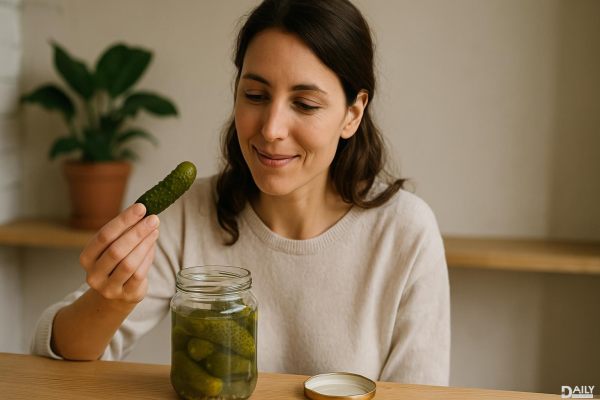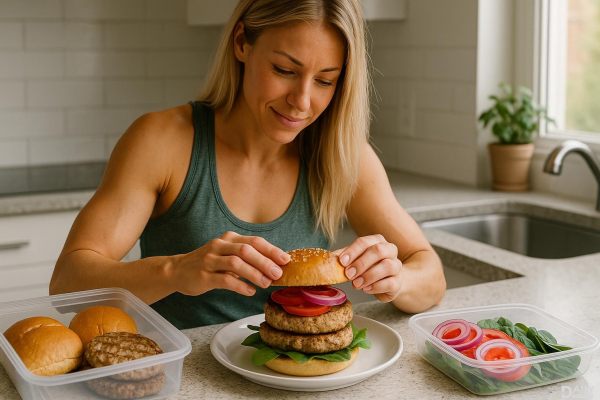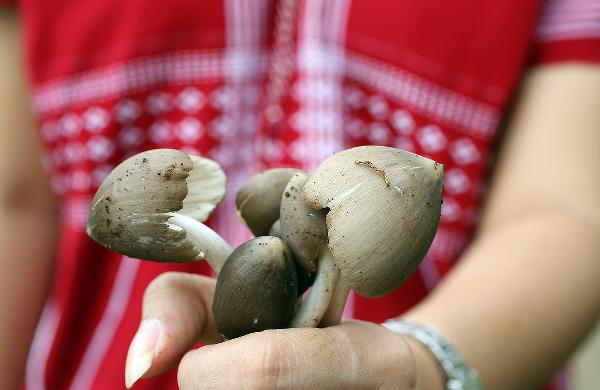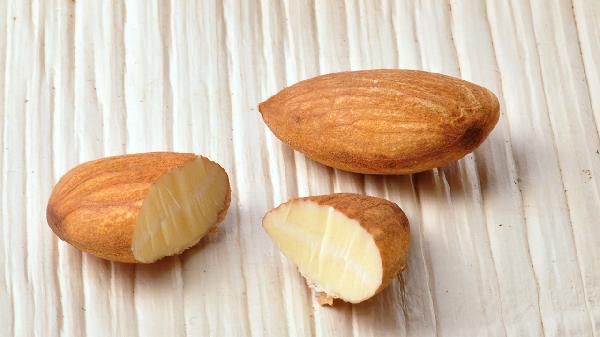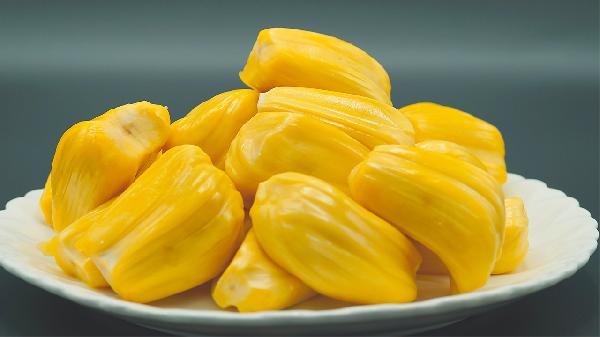Baking at high altitude? Yeah, it’s a whole different ball game. If your cakes keep coming out dense, dry, or collapsing like a bad soufflé, blame the thin air. But don’t worry—once you know the science behind it, you can tweak your recipes like a pro and get bakery-worthy results every time.
Why Does High Altitude Mess With Baking?
At higher elevations, there’s less air pressure. That means the air bubbles in your batter expand faster, causing cakes to rise quick… and then flop like a deflated balloon. Plus, liquids evaporate faster, leaving your baked goods dry and crumbly. The higher you go, the more adjustments you’ll need to make—especially above 3,000 feet.
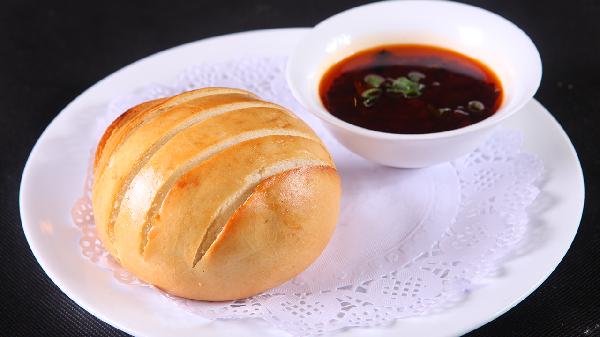
High-Altitude Baking Adjustments 101
Most sea-level recipes work fine below 3,000 feet, but beyond that, you’ll need to play chemist. Here’s the golden rule: less leavening, less sugar, more liquid, and a hotter oven.
Pro tip: Butter counts as a liquid (it melts!), but eggs don’t—they actually help stabilize the batter.
Top Tips for High-Altitude Success
For Cakes with Baking Powder
For Yeast Coffee Cakes & Breads
General High-Altitude Hacks
High-Altitude Baking Cheat Sheet
Make adjustments based on your elevation—start small and tweak as needed. Keep notes until you nail your perfect formula.
3,000 Feet Adjustments
5,000 Feet Adjustments
7,000+ Feet Adjustments
High-altitude baking isn’t rocket science—just a little chemistry. Once you get the hang of tweaking recipes, you’ll be turning out moist, fluffy cakes and breads like you’re at sea level. And hey, if your first attempt flops? Just call it a “rustic crumble” and serve it with ice cream. No one will complain.

